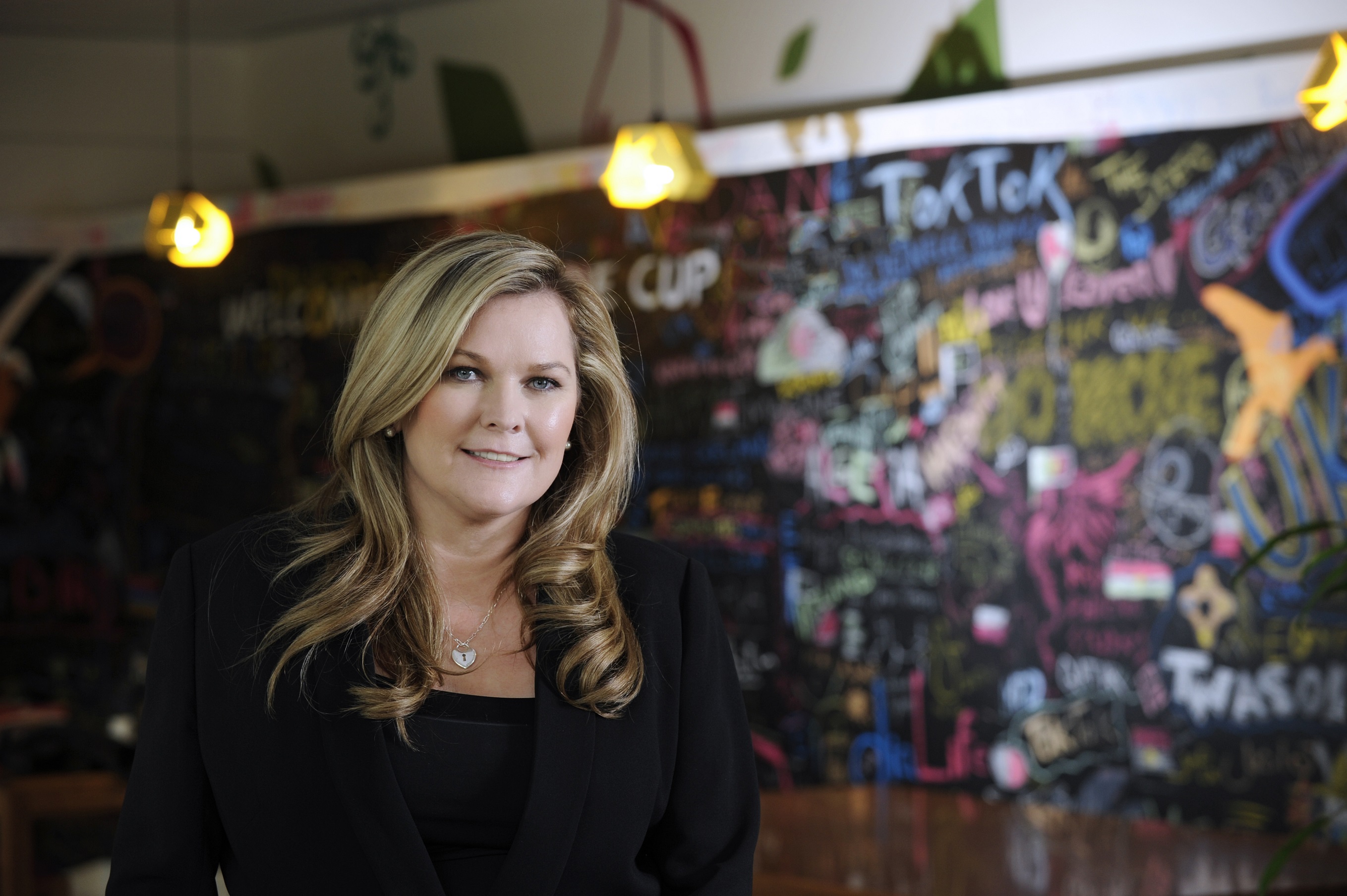I just received a letter from my daughters’ school. It wasn’t about fundraisers, or homework club, and no, they weren’t in trouble. It was about maths.
The school wanted to make sure we knew the University of Sydney has made higher level maths (Maths 2) a prerequisite for courses in economics, engineering, IT and science.
‘Hooray,’ I thought, on reading the letter. A ray of hope. The school is making an effort to get girls and their families to join the dots between subject choice and career choice. Opening up careers for women in science, technology, engineering and maths – or STEM – is something I am passionate about. High school subject choice is one piece of the puzzle. We need to connect many more.
This International Women’s Day is all about opening doors for women all over the globe. If we’re going to achieve equality right here in Australia, we need to understand what doors are being closed and why.
https://youtu.be/Y8DBwchocvs
Across the country, girls are under-represented in senior high school maths and most science classes (biology is the one honourable exception). They are closing down career options even before they hit their last years of high school and that is a tragedy, both for our girls and for our country’s future prosperity.
This problem starts much earlier than high school. Girls start school as interested in maths and science as the boys.
But something changes for our creative young girls in their teenage years. Our world starts closing doors on them. It tells them STEM subjects are for boys. That tech-whizzes are Zuckerbergs, that gaming is for guys, and coding is for geeks. They get the message loud and clear: technology and girls don’t mix!
The tragedy is that these closed doors are the very ones girls should be flinging open and rushing through. Our kids working lives are going to depend on these kinds of subjects. Already 75 per cent of the fastest-growing industries require skills in STEM. Imagine what the percentage will be by the time my daughters graduate.
If we want girls to be represented in the future workplace, to take their place in the technologically driven world of tomorrow, then we need to make some changes.
While girls’ are adopting and using technology as readily as boys, we need to encourage them to go further. We need to encourage them to learn the underlying digital skills that are the building blocks for creative, exciting careers.
The good news is there is already some great work underway. Australian education ministers have enhanced the national curriculum with relevant STEM subjects. The Federal Government has also committed $51 million over five years to some fabulous initiatives for school age kids under its National Innovation and Science Agenda (NISA). These include annual online challenges for Year 4 and Year 7 students, ICT summer schools for Years 9 and 10, and ‘Cracking the code’ competitions that start in Year 4.
There are inspiring international programs we can learn from too. In the UK, industry and government are working together with the education system and the national broadcaster to make sure they’re building a workforce of the future. In 2014, coding became compulsory in UK schools with lessons for children as young as five.
Companies like my own are also becoming more active through the DigiGirlz program and leveraging popular platforms like Minecraft to drive interest in STEM careers.
But we all have to go further if we want to keep those doors open as our young girls grow into young women. People can’t be what they can’t see. So let’s show our teenagers a new generation of women – just like them – who are changing the world with their tech-savvy creativity.
Let’s show them Lucy and Rosie Thomas, the two young Australian sisters who dreamt up Project Rockit, an online initiative to tackle cyber bullying now used in schools around the country. Or what about 25-year-old Australian Nikki Durkin? She began her entrepreneur career at 15, created a fashion website at 18, moved to New York and built an app. But there’s a twist to this success story. The app didn’t succeed and Nikki’s company shut down. So she co-founded an enterprise that teaches kids how to make apps. Now Nikki is inspiring young women to follow their own start-up dreams. Exactly the type of role model we want.
We all have a role to play in keeping doors open for young women. Ask your kids’ school if they teach coding or other digital skills. Support the new curriculum. Encourage your kids and any kids you know to take part in those government computing challenges. Talk to young people about the wonderful, creative world of digital.
I’m pleased my girls’ school is trying to get girls and their families to see maths as a path to the future. But we need to show girls not just the how but the what; we need to show how creativity and the digital world collide.
Every effort counts. If we all do our bit, girls will have the ambition and the skills to show they are equal in every way. To pick up on the International Women’s Day theme for this year, let’s make this pledge for parity: let’s work to ensure all girls are given the opportunity to walk through the door to tomorrow’s world. Our young girls have brilliant ideas – imagine if they had the skills to bring them to life.





